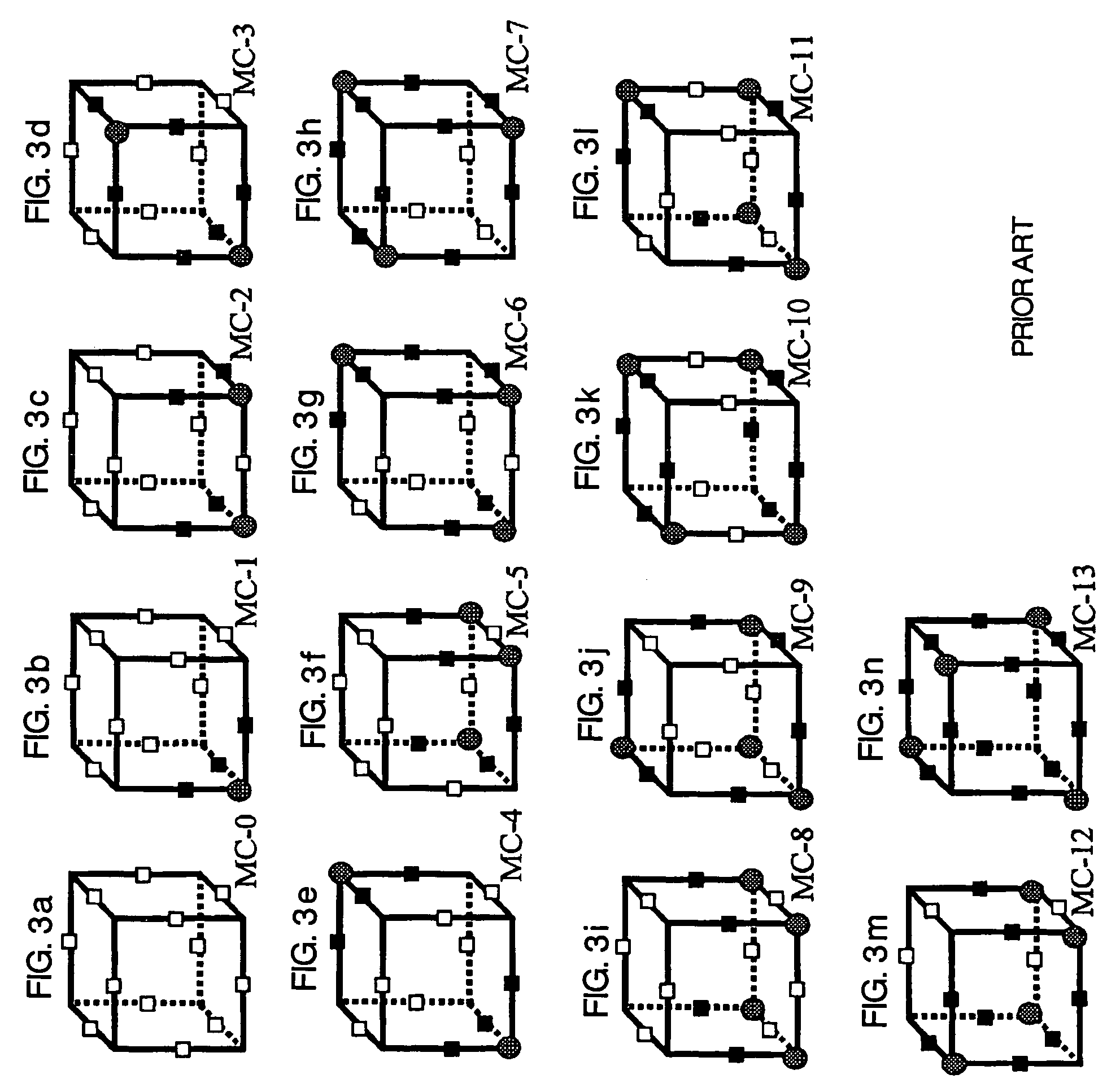Method and program for converting boundary data into cell inner shape data
a cell inner shape and data technology, applied in the field of method and program for converting boundary data into cell inner shape data, can solve the problems of increasing the risk in the middle of development, the need for a lot of analysis time, and the need for many trials and errors
- Summary
- Abstract
- Description
- Claims
- Application Information
AI Technical Summary
Benefits of technology
Problems solved by technology
Method used
Image
Examples
Embodiment Construction
[0072]Next, the preferred embodiments of the present invention will be described with reference to the accompanying drawings.
[0073]FIG. 6 is a flowchart of a method and a program for converting data according to the present invention. As shown, each of the method and the program of the invention comprises a division step (A), a cutting point deciding step (B), a boundary deciding step (C), a cell classification step (D), and a boundary cell data classification step (E).
[0074]External data 12 input from the outside is polygon data indicating a polyhedron, a tetrahedron or hexahedron element used for a finite element method, curved surface data used for three-dimensional CAD or a CG tool, or data in which the other solid surface is represented by information containing a partial plane or curved surface.
[0075]In addition to such data (referred to as S-CAD data), the external data 12 may be (1) data directly prepared by a human input through a boundary surface of V-CAD's own (V-boundary...
PUM
 Login to View More
Login to View More Abstract
Description
Claims
Application Information
 Login to View More
Login to View More - R&D
- Intellectual Property
- Life Sciences
- Materials
- Tech Scout
- Unparalleled Data Quality
- Higher Quality Content
- 60% Fewer Hallucinations
Browse by: Latest US Patents, China's latest patents, Technical Efficacy Thesaurus, Application Domain, Technology Topic, Popular Technical Reports.
© 2025 PatSnap. All rights reserved.Legal|Privacy policy|Modern Slavery Act Transparency Statement|Sitemap|About US| Contact US: help@patsnap.com



